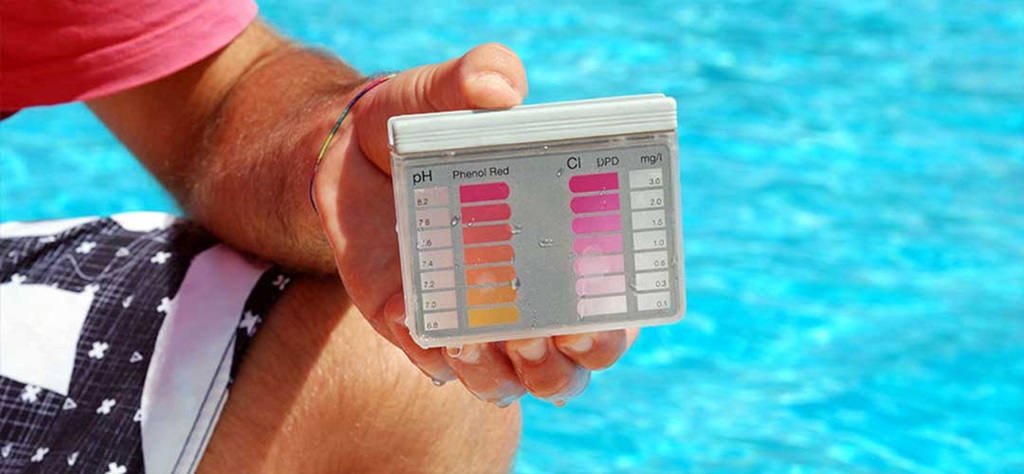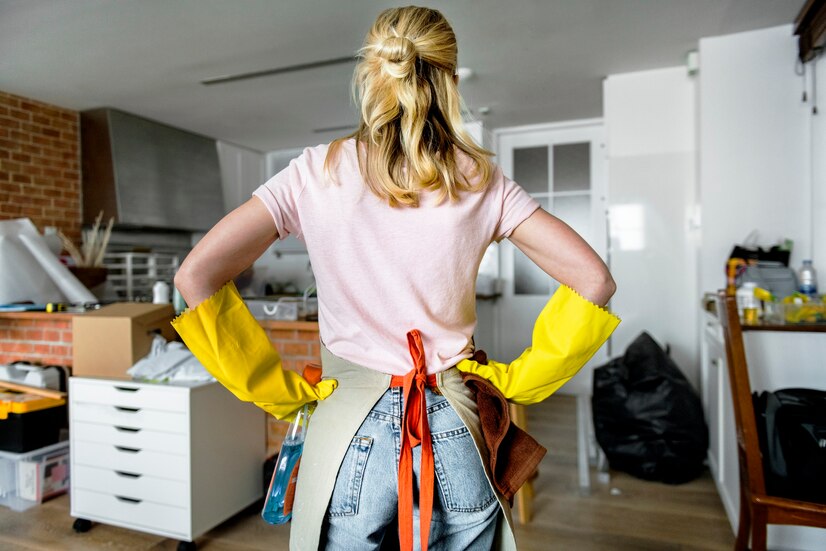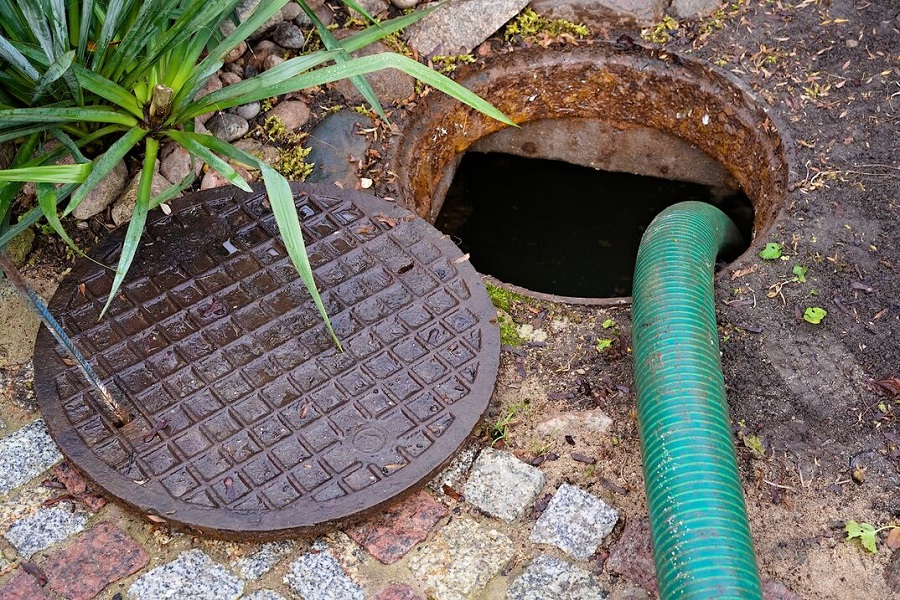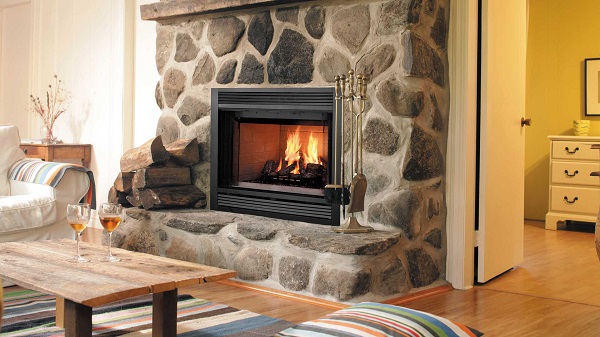As a pool owner, keeping your water sparkling clean and healthy is one of your top priorities. But over time, certain chemicals and contaminants can build up, requiring you to balance and restore your pool’s chemical makeup. One of these pool chemicals that can reach problematic levels is cyanuric acid.
What is cyanuric acid, how to lower cyanuric acid in pool, and what can you do to control or reduce cyanuric acid levels when they get too high? This article has got you covered with everything you need to know. Let’s start by getting familiar with what exactly cyanuric acid is and how it works.
What Is Cyanuric Acid and Why Does Your Pool Have It?
Cyanuric acid, also known simply as “conditioner” or “stabilizer,” is a chemical that helps regulate and preserve chlorine levels in pool water. It protects free chlorine from being rapidly destroyed by sunlight. This helps maintain sanitizing chlorine levels for longer periods between chlorine additions or shock treatments.
Most pools have some baseline cyanuric acid concentration, typically between 30-50 ppm (parts per million). These low levels are helpful for stabilizing chlorine. Commercial pools like hotel or community pools may even have up to 100 ppm cyanuric acid since they get far more intense sun exposure and require extra chlorine stabilization.
Cyanuric acid gets into your pool in a few ways:
- It’s a component of chlorine products like trichlor or dichlor
- Added directly by pool owners to help stabilize sanitizer
- Some well water naturally contains cyanuric acid
Over time, cyanuric acid accumulates via the additions of chlorine products. The cyanuric acid level creeps higher without pool owners even realizing it.
When Is Cyanuric Acid Too High?
While low levels (30-50 ppm) protect chlorine, too much cyanuric acid causes problems:
- Above 90-100 ppm can reduce chlorine’s sanitizing power
- Levels from 100-400 ppm drastically lower chlorine effectiveness
- Over 400 ppm renders chlorine essentially useless as a disinfectant
Also, high cyanuric acid means chlorine lock – chlorine struggles to dissipate from the water, remaining active longer than desired. This can lead to pool corrosion, irritation for swimmers, and chlorine smell lingering for days.
Clearly it’s important to monitor cyanuric acid and prevent it from accumulating too high. So how do you check the cyanuric acid level?
Testing Cyanuric Acid Levels
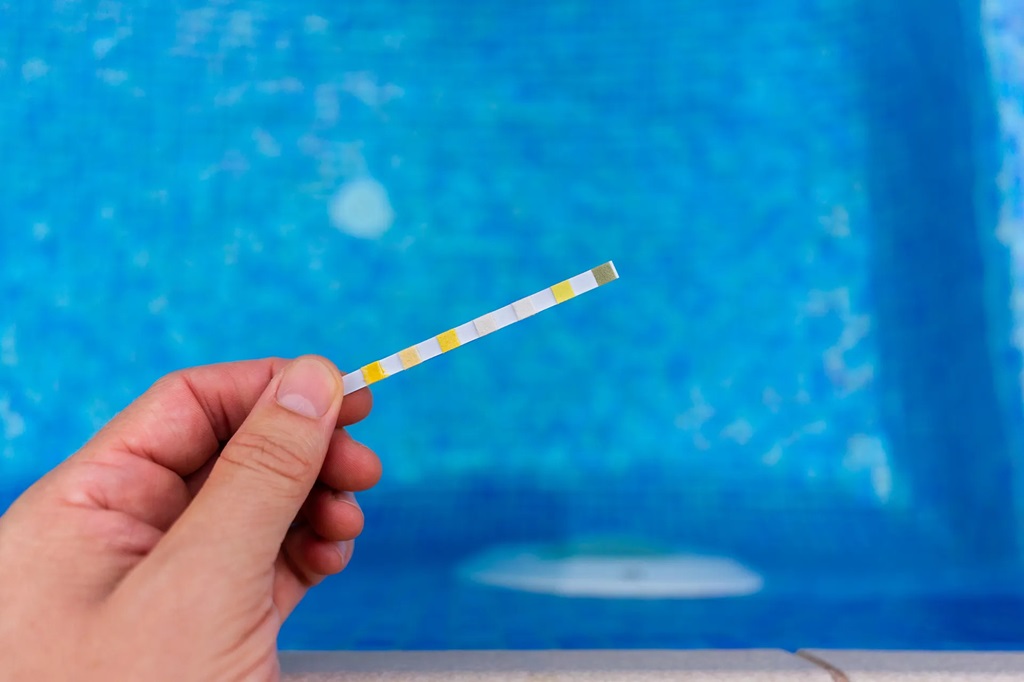
Having your pool water tested professionally 2-4 times per year is wise for monitoring all chemicals like cyanuric acid. Bring 1 liter samples to a pool store – they’ll check cyanuric acid and suggest ideal total alkalinity, pH, and chlorine levels too.
For more frequent at-home testing, inexpensive cyanuric acid test strips are easy to find and provide ballpark readings. More accurate home cyanuric acid tests require test kits using titration. This involves filling a vial with specific amounts of pool water and regent solution, then counting the number of drops to change the water color. Compare this drop count to the kit reference chart to determine ppm.
Now that you know how to test cyanuric acid, what’s the solution for lowering high levels?
How Can You Reduce Cyanuric Acid Levels?
When your pool’s cyanuric acid concentration climbs too high – say over 100 ppm – you’ll need to lower and dilute it. But cyanuric acid doesn’t simply dissipate over time like chlorine – it lasts in water for months unless deliberately removed.
There are only a few effective methods to lower cyanuric acid levels:
Partial Drain and Refill The Pool
Diluting the water with fresh fill water is the simplest and fastest way to reduce cyanuric acid. Estimate your pool’s volume (length x width x average depth x 7.5). Drain 30-50% of total gallons then refill with fresh water to reach your target cyanuric acid level based on current concentration.
This works well for above ground pools or other small-medium venues that are easier to drain. But for large in-ground pools, draining can be tedious and wasteful.
Use Cyanuric Acid Reducer Chemicals
Cyanuric acid reducer chemicals contain concentrated sodium thiosulfate, which reacts with and lowers cyanuric acid, bringing levels down by roughly 10-20 ppm per treatment. Results take 1-2 weeks depending on cyanuric acid concentration, pool size, and pump run times.
Reducer chemicals are the most practical approach for large commercial pools needing to remove cyanuric acid. But for residential pools, reducer chemicals can get expensive when heavily treating thousands of gallons.
Add Water Softeners
Water softener chemicals like sodium tetraborate deactivate then precipitate cyanuric acid so it can be filtered out. They lower cyanuric acid 10-30 ppm with each use. Cost can add up when treating full pool volume.
Use Alternative Sanitizers Without Cyanuric Acid
Bromine and biguanide pool sanitizers are not stabilized by cyanuric acid, so you can alternate or replace chlorine products with these. Stop adding chlorine for awhile and let cyanuric acid slowly decline. Using an ozone or UV system also lessens need for chlorine.
But taking a break from chlorine leaves pools unprotected unless mimicking chlorine with alternative chemicals. And since neither bromine nor biguanide decomposes in sunlight like chlorine, they won’t decline steadily like free chlorine. So cyanuric acid will lower slower – these alternatives mainly prevent more buildup.
Remove Fill Water and Install Fresh Water
As a last resort with extremely high cyanuric acid levels, you may need to drain the pool, clean surfaces, refinish interior, then refill completely. But this is rare and very labor intensive.
Maintaining ideal 30-50 ppm cyanuric acid is far easier than correcting a high level later. Now let’s shift gears to prevention and cyanuric acid control using best practices going forward…
Ideal Cyanuric Acid Range: 30-50 ppm

To keep cyanuric acid under control, aim for an ideal 30-50 ppm level and test 4-6 times per year. 50 ppm maximizes chlorine stability without reaching diminishing returns. Any chlorine protection beyond 50 ppm is negligible for the concentration tradeoff.
Here are 5 key tips to maintain ideal cyanuric acid levels long-term:
- Limit Chlorine Tablet Use
Dichlor and trichlor chlorine tablets rapidly buildup cyanuric acid – over 90% of tablet weight becomes cyanuric acid added to water.
Use liquid or granular chlorine without cyanuric acid when possible to supplement tablets. Or use tabs only when leaving town to provide sustained chlorine.
- Don’t Add Conditioner Unless Testing Under 30 ppm
Only add cyanuric acid conditioner if tests show under 30 ppm. Many pool owners habitually add conditioner when shocking their pool “just to be safe.” This slowly spikes cyanuric acid levels over time.
- Use Cyanuric Acid Reducer Periodically
Add reducer 1-2 times per year to shave 10-20 ppm, even if levels test fine. This prevents creeping increases and future spikes.
- Partially Drain Annually
Schedule an annual partial drain (30-50% of water volume) and refill to dilute chemicals like cyanuric acid. This also removes other contaminants that accumulate over swim seasons.
- Backwash the Filter Regularly
Backwashing traps debris and prevents clogging. But it also removes some cyanuric acid. So backwash once per month to mix up water and maximize filtration.
While keeping cyanuric acid balanced takes some diligence, the stability and efficiency benefits are worthwhile for optimizing chlorine sanitizer and water quality all season.
The Takeaway
Cyanuric acid is added over time from standard pool chlorine tablets and shock treatments. While low levels around 30-50 ppm help stabilize chlorine, concentrations over 100 ppm can handicap chlorine effectiveness.
Reducing high cyanuric acid requires partial or complete draining then refilling a pool to dilute the water. Preventing high buildup is more practical using best practices – limit chlorine tablets, monitor levels with occasional testing, use reducers periodically, and backwash filters regularly.
Keeping watch on cyanuric acid ensures your pool chlorine can work its hardest providing maximum protection for clean and sparkling water all season long!
Frequently Asked Questions
Is cyanuric acid bad for my pool?
No, proper cyanuric acid levels (30-50 ppm) are helpful. But too much above 100 ppm is problematic by weakening chlorine.
Can I have 0 cyanuric acid in my pool?
You can technically have 0 ppm, but chlorine lasts a very short time without stabilization from low cyanuric acid levels. Some level like 30-50 ppm is best for maximizing chlorine lifespan.
How do I reduce cyanuric acid without draining?
Cyanuric acid reducer chemicals or water softeners lower levels over time without draining. But draining 30-50% is quickest for a major reduction.
Is there an easy way to test cyanuric acid at home?
Test strips provide reasonable estimates but aren’t very accurate (+/- 30 ppm). For better accuracy without professional testing, cyanuric acid titration kits work well for at-home use.
Should I stop using chlorine if cyanuric acid is high?
You can shift to bromine or biguanide instead while waiting for cyanuric to slowly decline. But it will still take many weeks and chlorine alternatives can’t fully replace sanitization abilities.

